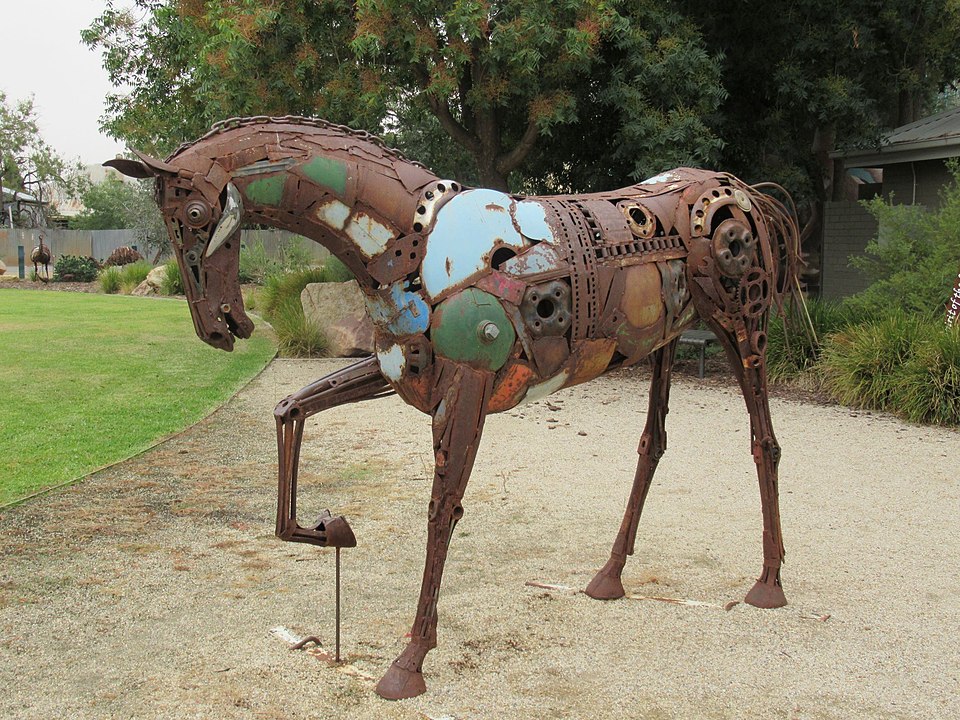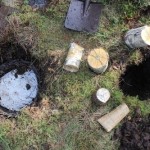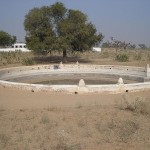Quoted from: Figge, Frank, et al. “Does the circular economy fuel the throwaway society? The role of opportunity costs for products that lose value over time.” Journal of Cleaner Production (2022): 133207. Image: Horse Power by Stuart Taylor. Credit: JulieMay54 – CC BY-SA 4.0.
Extending the lifetime of products and using resources circularly are two popular strategies to increase the efficiency of resource use. Both strategies are usually assumed to contribute to the eco-efficiency of resource use independently… We find that in a perfectly circular economy, consumers are incentivized to discard their products more quickly than in a perfectly linear economy. A direct consequence of our finding is that extending product use is in direct conflict with closing resource loops in the circular economy… The article highlights the risk that closing resource loops and moving to a more circular economy incentivizes more unsustainable behavior.
This is the first paper to show the link between circular economy and economic obsolescence in an integrated model. Existing research usually considers a longer duration of resource use to be “more” sustainable and thus to be more desirable. We show that a more circular use of resources is negatively related to a longer use of resources. Put differently, this is the first paper to show that a circular use of resources, which is desirable, incentivizes a shorter use of resources, which is undesirable. Policies that aim to optimize both factors in isolation risk being counterproductive: Policies that extend the duration of resource use risk impeding the circular use of resources, and policies that close resource loops risk shortening the duration of resource use.
The circular economy creates a symbiotic relationship between different resource users. As in any symbiotic relationship, the actions of one entity impact other entities. We argue that the more circular resource flows are, the higher the degree of symbiosis between resource users and the more important are the opportunity costs created. A symbiotic relationship between resource users and the opportunity costs this creates also complicate the analysis of decisions of individual resource users. In a perfectly linear economy, the decisions of resource users can be analyzed in isolation. A more efficient resource use on the individual level will always result in a more efficient use of resources on the macro-level. In a perfectly circular economy, however, decisions are impacted by the decisions of other resource users and the decision-making of resource users cannot be analyzed in isolation.
[If] no more virgin resources can be used for production, the relationship between companies and consumers changes. The products that are disposed of by consumers become the source for the provision of natural resources that companies require. Rather than being separate from each other, companies remain the provider of goods, but consumers become the provider of resources for companies by making the resources contained in the products they dispose of available to companies… Using a product for longer means depriving companies of resources for longer… As long as a consumer continues using a product, the resources contained in that product cannot create value somewhere else. Companies, eager to have access to resources, suddenly do not only have an interest in consumers replacing existing products because it allows them to increase their sales but also because it gives them access to the resources they require.
Another negative effect of the shorter use of products is that reusing and recycling but also the more frequent production and distribution of products requires additional resources. Put differently, recycling and reusing products and resources comes at an environmental cost. We do not explicitly consider these costs in our model. However, it is safe to assume that a higher speed of the production–consumption circle will, all other things being equal, also increase the resources needed to keep the circular economy going. This adds to the pressure that a more circular use of resources could exert on the environment unless the resources needed are themselves used circularly, or they are renewable resources.
Figge, Frank, et al. “Does the circular economy fuel the throwaway society? The role of opportunity costs for products that lose value over time.” Journal of Cleaner Production (2022): 133207.
Previously: How circular is the circular economy?






